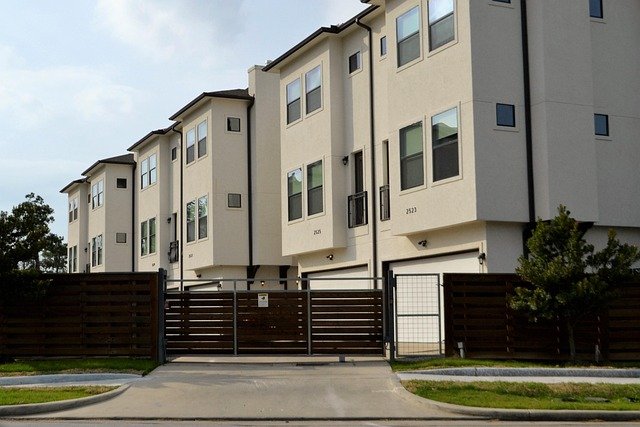Reimagining Urban Microhomes: A New Frontier in City Living
Introduction: In the ever-evolving landscape of urban real estate, a groundbreaking trend is reshaping how city dwellers conceptualize their living spaces. Microhomes, compact dwellings typically under 400 square feet, are gaining traction as a viable solution to urban housing challenges. This innovative approach to city living is not just a passing fad but a potential game-changer in the real estate market, offering affordability, sustainability, and a minimalist lifestyle in prime locations.

Historical Context and Market Evolution
The roots of microhome living can be traced back to traditional Japanese architecture, where efficient use of space has long been a cultural norm. However, the modern microhome movement gained significant traction in the early 2000s, partly in response to the global financial crisis and the subsequent shift in housing priorities. Cities like New York, San Francisco, and Tokyo have been at the forefront of this trend, with developers and city planners recognizing the potential of microhomes to address urban housing challenges.
Financial Implications for Investors and Homebuyers
From an investment perspective, microhomes present an intriguing opportunity. The lower entry price point makes them accessible to a broader range of buyers, potentially opening up prime urban locations to those previously priced out of the market. For investors, the potential for higher rental yields is attractive, as these units can often command premium per-square-foot rates in desirable areas. However, it’s crucial to consider factors such as local zoning laws, building codes, and long-term market demand when evaluating microhome investments.
Design Innovations and Technological Integration
The success of microhomes hinges on innovative design and smart technology integration. Architects and interior designers are pushing the boundaries of spatial efficiency, creating living spaces that feel much larger than their actual square footage. Foldable furniture, movable walls, and multifunctional spaces are becoming standard features. Additionally, smart home technology plays a crucial role, with automated systems controlling lighting, temperature, and even transforming furniture, further enhancing the living experience in these compact spaces.
Impact on Urban Planning and Development
The proliferation of microhomes is prompting cities to rethink their approach to urban planning and development. Some municipalities are revising zoning laws and building codes to accommodate these smaller dwellings, recognizing their potential to increase housing density without dramatically altering neighborhood character. This shift could lead to more diverse, inclusive urban communities and potentially alleviate some of the pressure on overheated housing markets in major cities.
Challenges and Considerations
While the microhome trend offers numerous benefits, it’s not without challenges. Critics argue that these tiny living spaces may compromise quality of life, particularly for families or those who work from home. There are also concerns about the long-term impact on urban communities, with some fearing that an oversupply of microhomes could lead to transient populations and a lack of community cohesion. Additionally, financing can be challenging, as some lenders are hesitant to provide mortgages for properties under a certain square footage.
Market Outlook and Future Trends
The future of urban microhomes looks promising, with several factors driving continued growth. Millennials and Gen Z, who often prioritize experiences over possessions, are showing increased interest in these efficient living spaces. Environmental consciousness is also playing a role, with microhomes offering a smaller carbon footprint compared to traditional housing. As technology continues to advance, we can expect even more innovative solutions that enhance the livability of these compact spaces.
Conclusion
Urban microhomes represent a fascinating intersection of real estate innovation, changing lifestyle preferences, and urban development challenges. While not a universal solution to housing issues, they offer a compelling option for certain demographics and markets. As this trend continues to evolve, it will be crucial for real estate professionals, investors, and urban planners to closely monitor its impact on housing markets, community dynamics, and city infrastructures. The rise of microhomes may well be reshaping the future of urban living, one small space at a time.





